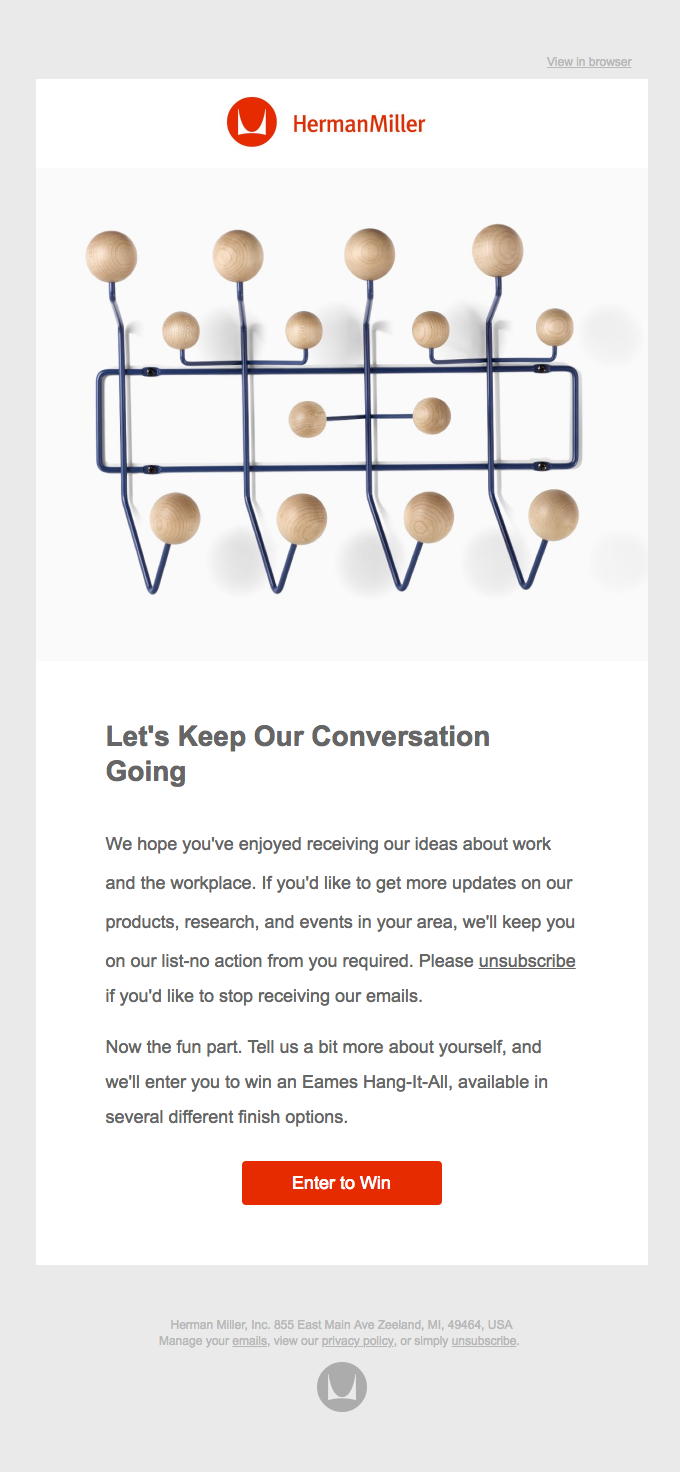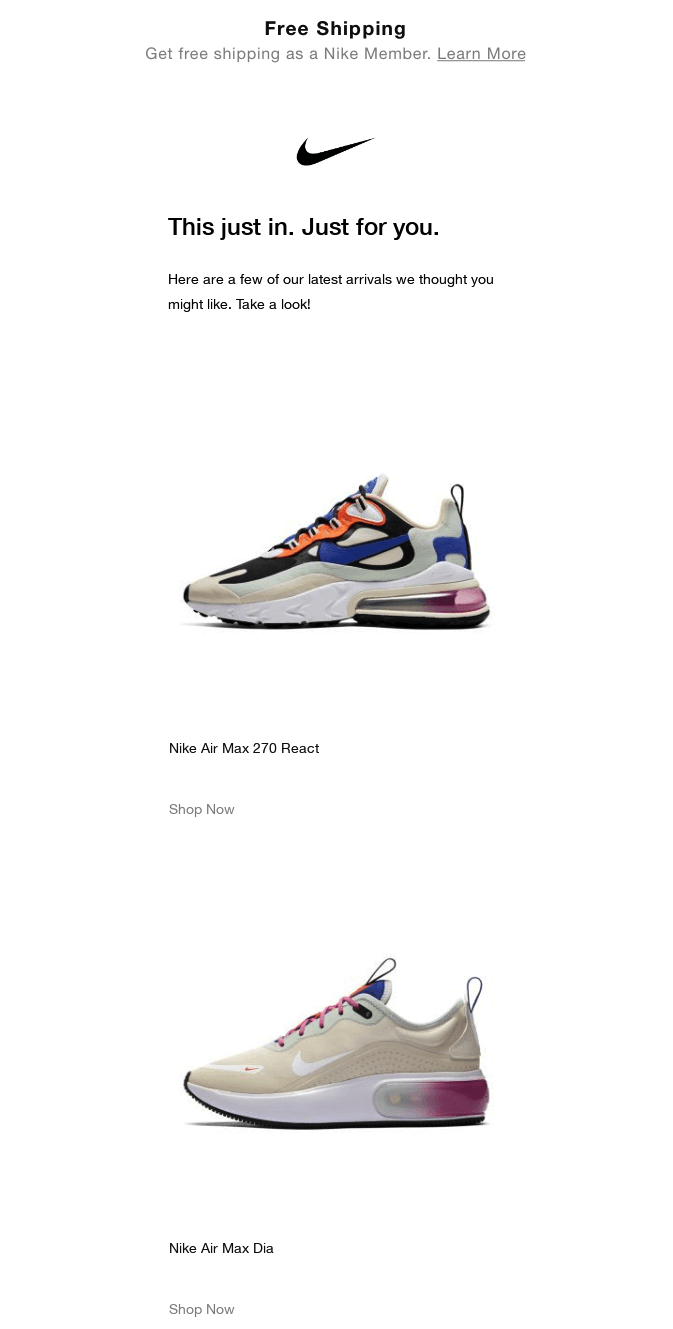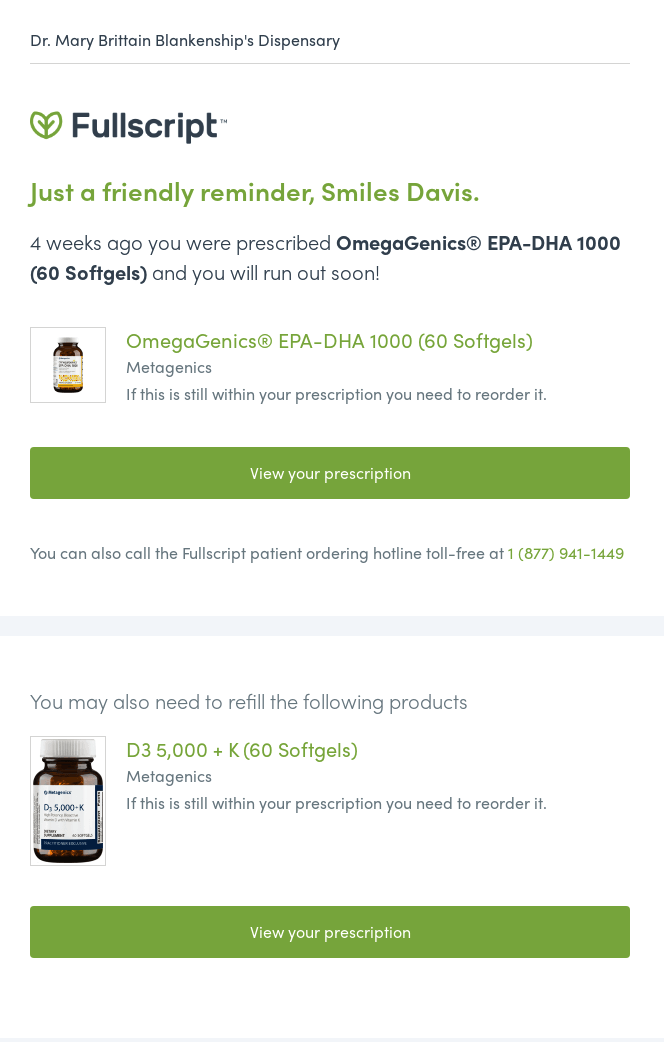Audience segmentation should be a no-brainer, whether you’re running another Amazon or shipping colorful bracelets from your garage. Ecommerce audiences are diverse, and knowing how to capitalize on that can pay off big time.
Email segmentation is a technique of splitting your email subscribers into smaller, more focused groups. These can be based on typical demographics (age, gender, education, etc.) and a lot more than that. The result is a more personalized experience and more relevant content delivered to your leads’ inboxes.
This, as a result, can bring tangible benefits to your business. According to research, segmented campaigns lead to 14.31% more open and 100.95% higher clickthrough rates than their non-segmented peers. What’s more, personalized emails can result in even a 760% increase in revenue.
Audience segmentation isn’t a difficult topic. It can often be done with a simple Excel spreadsheet or with the basic functionalities of ecommerce marketing automation tools. The key is doing it in the first place and capitalizing on the knowledge that’s already at your fingertips.
Let’s talk about how to do it right.
1. Start By Getting the Data You Need
Any interaction with a potential customer can be an opportunity to get to know them a bit better. This can be a simple survey at the end of a welcome email. It can be a few questions that pop up when they browse your site, letting them customize their experience. Opportunities are plenty.
The key thing on your side is to decide what’s relevant for your business. Gender and age will play a significant role in nearly any fashion retailer. Will it matter much for those of you selling car accessories?
Probably not much. You’re much more interested in the brand of the car they own and their income level.
Try to figure out what’s going to be meaningful from the marketing standpoint. At the same time, please don’t overdo it with questions. Statistics show that the more questions you ask, likely the lower the conversion. Just because a visitor agreed to click through a few questions doesn’t mean they’re up for a few dozens.
Try to find a sweet spot that will get you just the right data and won’t scare the users off.
Barkbox offers a gift (who wouldn’t want that) with its subscription if you agree to share a few details about your dog – its name, size, breed, and others.
It’s a fun thing to click through, personalized (the dog’s name you insert on the first page shows up throughout the form), and it’s quick to complete. And best of all, most clients will genuinely want to share all these details so they can receive the right gift for their pet. Win-win for all.

2. Explain Why You Want to Know More
The increasing numbers of internet users are hesitant about sharing anything about them that’s not necessary. And with the various privacy scandals unfolding almost regularly, it’s certainly not a surprise.
At the same time, you don’t have bad intentions. You don’t plan to sell this data. You’re not making any money off it. If that’s the case, it often pays off to be straightforward about what you need the information for. After all, shoppers will care about receiving just about the deals they care about.
For example, I’m an avid cyclist. I will gladly shop at Dick’s or Decathlon whenever I have a chance. I will be reasonably happy to receive the deals on cycling outfits or accessories I actively shop for.
But as much as I admire gymnasts, I’m not likely to be shopping for the brand new model of a pommel horse, no matter how discounted it is. And I will gladly share where my interests lie, if only they ask (or figure out in some other way).
I’d avoid the general “improve your experience” or “enhance your shopping” phrases. Try to be honest about why you want to know someone’s demographics or interests. Or, take a different approach and offer a small reward for sharing a few details, as HermanMiller does in this email:

For more check out these guides to getting the data you need without being sleazy and using it to help increase your sales:
*10 Brilliant Ways to Collect Customer Testimonials with Instagram Marketing
*How to Leverage eCommerce Consumer Reviews For Higher Conversions in 2020
*7 Easy & Effective Ways to Drive Customer Reviews
3. Use the Data From Your Emails
Analyzing such basic things as email open rates or link click throughs can give you lots of data about your audience’s preferences.
With virtually any ecommerce email automation tool, you can see opens and clicks for each recipient. If you’re sending a weekly newsletter with the latest discounted products and they never care even to open it, there’s a meager chance they’ll open it again.
But if they suddenly get active when a significant seasonal offer lands in their inbox, moving them to a different basket may be worth an effort. You could, for example, halt the regular well-designed newsletter for them but, instead, intensify the campaigns around the big shopping sprees such as Black Friday.
And better yet, ask them about their preferences on the next occasion.
Analyzing clicks can be even more powerful, mainly if you include multiple CTAs in your mailings. This is very straightforward. If specific followers click only on items related to children’s toys or clothing but ignore everything else, you can safely assume this is where their interest lies. If a lot more readers show similar patterns, it might be worth moving them together to a basket more focused on this particular segment of your assortment.
If a bunch of readers clicks on any links leading to the latest promo you have in store, it may be worth following up on them a few days later. At the same time, you may not necessarily do the same for those that repeatedly ignored such offers.

Followup email from Forever 21, referencing the products a reader has viewed and those that may be relevant to them.
Maximize your ads for email marketing with Wishpond’s all-in-one marketing tools. Click here to get started.
4. Find More Data Points Than Just Emails
Analyzing emails is helpful but won’t always give you the full picture. You’ll get it if you start analyzing multiple channels and use this data to segment the audience.
The most critical data for an eCommerce store is knowing how users interact with this very store. Whether it’s a web portal, a mobile app, or both, you can record thousands of data points related to customers’ behavior. You can then use them to segment users.
Here are some patterns that tell a lot about visitors preferences or decisions they’re planning to take:
- Visits the same category of products on multiple occasions
- Adds certain products but abandons the cart
- Starts browsing related products to the one they recently bought
- Adds items from specific categories to their wish lists or asks to be notified when they’re back in stock
When you spot such patterns, it’s worth tagging visitors with certain tags and treating them a bit differently than the general public. For example, if a visitor wishlists several popular wedding gifts on Etsy, my inner Sherlock Holmes will immediately tell me they’re onto something. Pushing a top10 selection of unique wedding gifts to them right after the weekend will be my top priority.

5. Beware of Loopholes
You notice someone is very interested in a particular topic, so you immediately retarget your campaigns to convert a lead. More often than not, it will benefit you greatly. Keep looking at the data, though, because your assumptions won’t always turn out to be accurate.
Suppose someone (a male) is looking for a gift for a female friend. They’ll explore your store, checking several categories their friend has a keen interest on. They may end up buying something as well. Unless they’re very much into this friend, they’re not likely to be buying her gifts anytime soon.
The data, though, would suggest sending them a lot about women apparel and purses. Not only will they probably never open these emails but are likely to unsubscribe rather quickly or report your emails as spam.
Prevent such situations by analyzing the data of newly formed segments with the necessary diligence. If someone doesn’t open the first two or three emails with your newly-formed campaign, it may be worth moving them back to a general basket. Again, consider asking them about their preferences in one of the emails or via a popup on a website.
6. Don’t Get Overwhelmed with Segmentations
Because of the above, if you haven’t been segmenting your audience before, I highly recommend that you start slowly. Building a few segments, and seeing how they perform first is the way to go.
Sure, you may have lots of data already. You may be anxious to set up 50 custom segments and push to customers precisely what (you think) they need right now. Unless you get the whole team involved, you’ll likely have problems tracking each segment’s performance.
You may miss a vital detail and send a wrong campaign to the wrong audience. You may miss the loopholes and quickly lose the audience that has zero interest in their new campaigns.
Start with 3-5 segments based on basic demographics. Then, expand them into behavior-based campaigns, adding more and more data points and, at the same time, keeping in check how the existing campaigns perform.
7. Benefit from Refills & Subscriptions
There are certain products that its users need to buy with some, at least, regularity. Think about dog food, contact lenses, medicines, electric toothbrush’s heads, or virtually any kitchen or bathroom supplies.
Unless the clients changed their habits, they’d be inclined to buy those again and again. And if they purchased from you before, why not make it easier to re-purchase?
With most products, you’ll be able to estimate the lifetime of a product sold. If you’re selling a pack of three monthly contact lenses, an email sent 2,5 months after initial purchase will likely be met with a favorable reception.
Rather than sending them a broad selection of contact lenses every month, consider such timely notifications. They’re almost guaranteed to give you much better results.

8. Use Past Purchases to Help Drive Sales
Past purchases can give you precise insight into customers’ interests. They also can tell a lot about the person’s income level or just the amount of money they’re willing to spend on certain products.
If you’re selling jewelry, you’re likely to have a wide range of prices across your products. It makes sense – some will spend $10 or $30 and will be entirely happy with their purchase. Others won’t even look at the sub-$1000 items.
If someone only bought the inexpensive, discounted products in the past, sending them a luxury item isn’t likely to get them to convert. Same way, sending cheap necklaces to the more (seemingly) affluent customers could even cost you a quick unsubscribe. Use the data wisely.
Oh, a protip – don’t name your segment “Poor People” or something similar. Some email sending providers include the list name on emails confirming a subscription or an unsubscribe.
9. Find the Right Time to Send
Much research has been done on the perfect times and days for sending emails. Different times work for typical 9-to-5 office workers and different for the stay-at-home tribe.
Something else will also work for students or teenagers. What works best differs also based on industry and type of product on offer. You’ll need to figure it out.
The bottom line is that people are more likely to open emails and interact with them at certain times. If you drop them the latest promotion at 9 am right when they’re starting a busy day at work, they likely won’t even recall it when they’re out of their focus zone. Delivering some fantastic deals right when they set off for a lunch break might do the job, however.
Many email marketing automation services will determine the client’s timezone for you with high accuracy. You can also double-check it against their purchase history if there’s any.
Needless to say, it’s worth checking what works for this particular audience. Sadly, there’s no ideal time that will work for all, but the amount of data on this subject is abundant.
Wrapping up
Email segmentation is a vast topic that requires deep thought but can yield some fantastic results. No matter the type of business you run, I believe it’s worth your time.
There are many factors you should take into consideration. First of all, figure out the type of data that defines your customers well and explain why you need it in the first place. Then, gather insights from past emails and website behavior. Often, the audience will let you segment itself nicely if only you ask, and this should make the job easier for you.
And when you have what you need, start building segments one by one. Analyze the performance of each before you proceed with more. Beware of loopholes that can derail your segmentation outcome and take advantage of some of the tips I mentioned – individual sending time, financial criteria, or the need to refill certain products.
If you did the homework, you’d soon start seeing the improved engagement, and the boost in sales and retention will shortly follow. Best of luck!
About the Author

Piotr Malek is a Technical Content Writer at Mailtrap, a product that helps people inspect and debug emails before sending them to real users. Piotr is also a traveler, an avid cyclist, and a runner.

